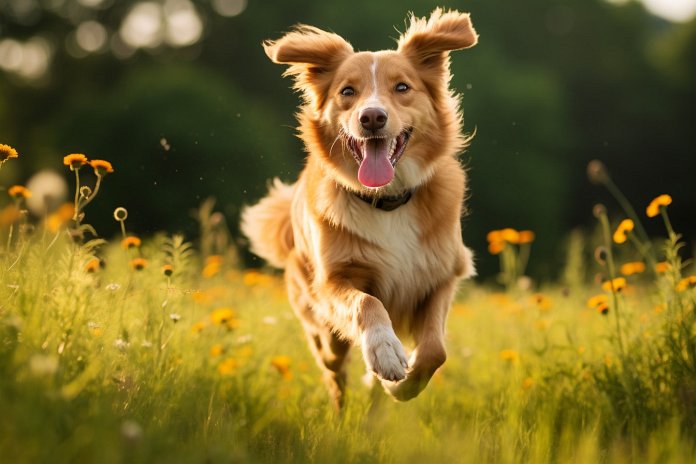
Dogs can have different expressions that might make them appear happy, sad, alert, or proud. However, experts say that dogs cannot actually feel pride as it is a human emotion that develops as we grow. Dogs have the emotional capacity of a two-and-a-half-year-old child, which means they do not learn to feel pride. Sometimes, we might misinterpret a dog’s body language and think they look proud, but it is often a misunderstanding. Certain body language signs, such as staring, barking, or wagging their tail, might give the impression of pride, but they could have other explanations. It is important to understand that dogs have a limited emotional range compared to humans.
A History of Understanding Canine Emotions
Despite living with humans for thousands of years, it was only in the late 20th century that proper studies on dog behavior and psychology were conducted. Many assumptions were made based on our closeness to dogs, but they often led to incorrect conclusions. For example, the dominance theory was formed based on flawed observations of wolves in a zoo, which led to the belief that dogs needed a dominant master. However, wild wolves actually organize themselves into family groups and cooperate with each other.
The Science of Canine Emotions
Fortunately, accurate research has shown that dogs do recognize people and are capable of feeling emotions such as fear, anxiety, happiness, joy, and love. These emotions are important for their survival and bonding with their caregivers. However, dogs’ emotional range is similar to that of a two to two-and-a-half-year-old child, and they do not develop complex emotions like pride, spite, jealousy, or guilt.
Training a Dog to Show Pride
Although dogs do not feel pride, it is possible to train them to display postures that we associate with pride, such as the stacking stance taught to show dogs. This can be achieved through various methods, including using objects to raise the dog’s paws slightly off the ground or using treat lures to entice the dog into the desired posture. By praising and rewarding the dog during training, they can learn to perform the desired action on command.
“Pride is a human emotion and even we are not born able to feel pride.”

Tips & Things to Know
1️⃣ Dogs do not feel pride: Despite their ability to experience emotions such as happiness and sadness, dogs do not have the capacity to feel pride. This complex emotion is exclusive to humans and develops around the age of 3 years.
2️⃣ Misinterpreting body language: It is important to be cautious when interpreting a dog’s body language as a sign of pride. Certain behaviors, such as holding their head high or standing with all four legs straight, may appear proud but could have other explanations, such as catching an interesting smell or being trained for show purposes.
3️⃣ Dogs have basic emotions: Dogs are capable of feeling emotions such as fear, anxiety, happiness, joy, and love, which are important for their survival and bonding with their caregivers. However, their emotional range is similar to that of a two to two-and-a-half-year-old child, and they do not experience more complex emotions like spite, jealousy, or guilt.
Frequently Asked Questions, Answered ✅
1. Can dogs feel pride?
– No, pride is a human emotion and dogs do not have the ability to feel pride.
2. How can a dog’s body language be misinterpreted as pride?
– A dog holding their head high or standing with all four legs straight and tail in the air may be misinterpreted as pride, but it is often just their natural behavior or posture.
3. What are some signs of a dog looking proud?
– Staring, being alert, barking, head tilting, jumping up, and wagging tail can give the impression that a dog is proud of their achievements.
4. Why did the misconception of dominance theory in dogs come about?
– Observations of unrelated wolves in a zoo fighting for resources led to the misconception that dogs constantly strive to become dominant over their human masters. However, in reality, wolves in the wild organize themselves into family groups and cooperate with each other.
5. Can dogs feel complex emotions such as spite, jealousy, and guilt?
– No, dogs’ emotions are similar to those of a two to two-and-a-half-year-old child and do not develop more complex emotions like spite, jealousy, or guilt.